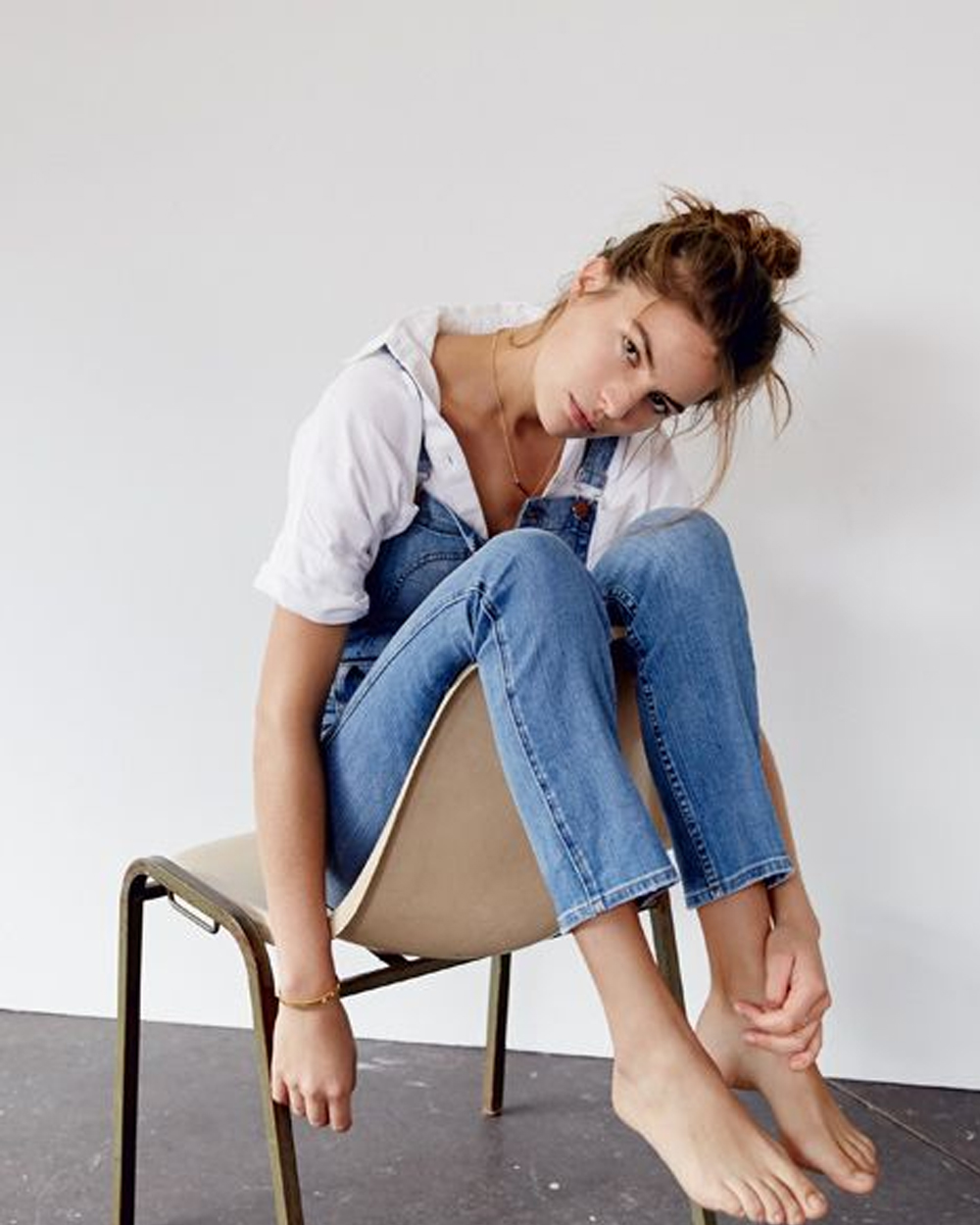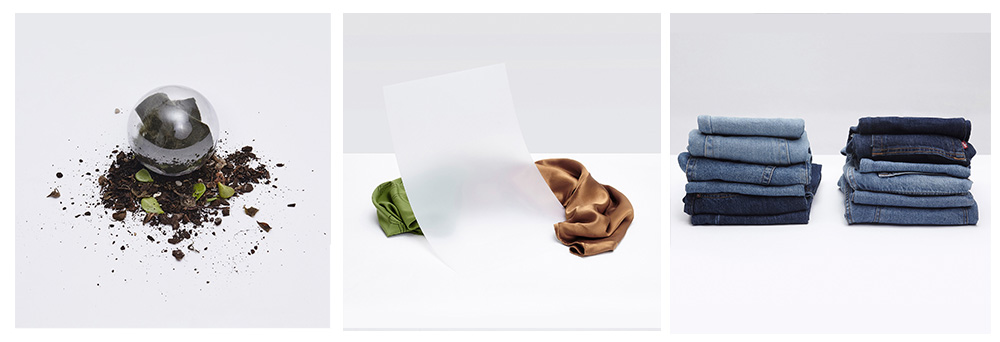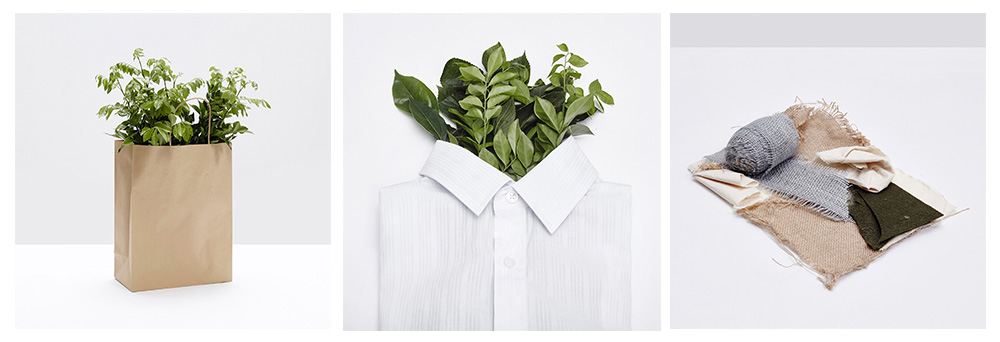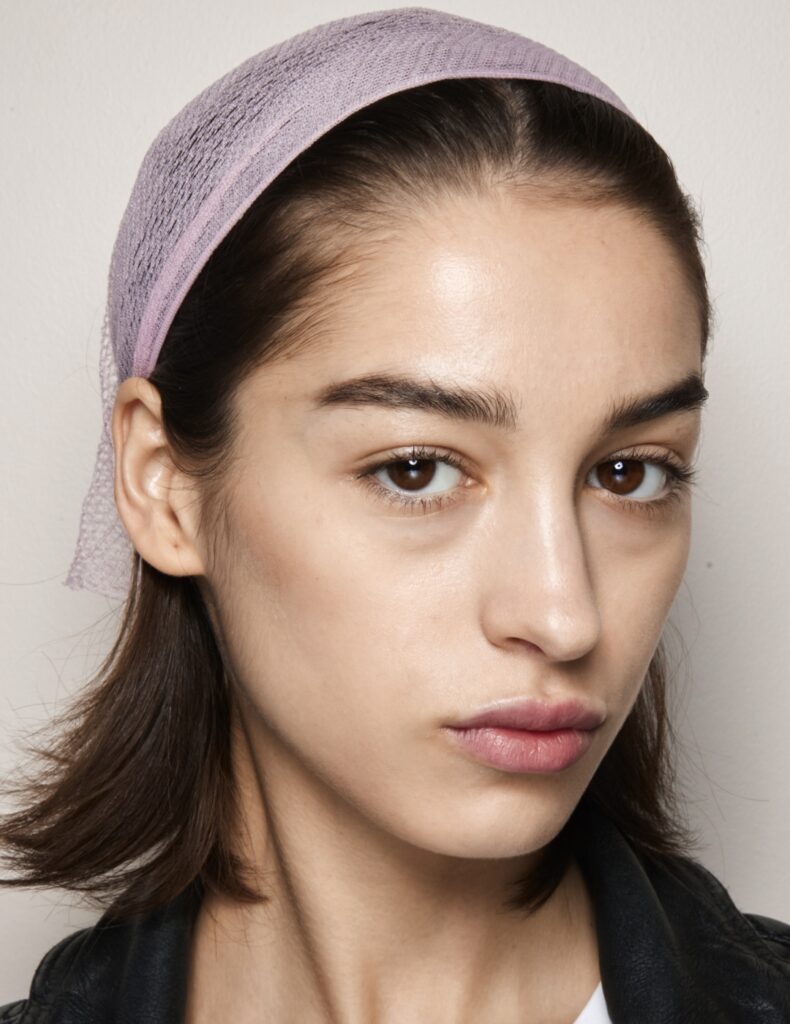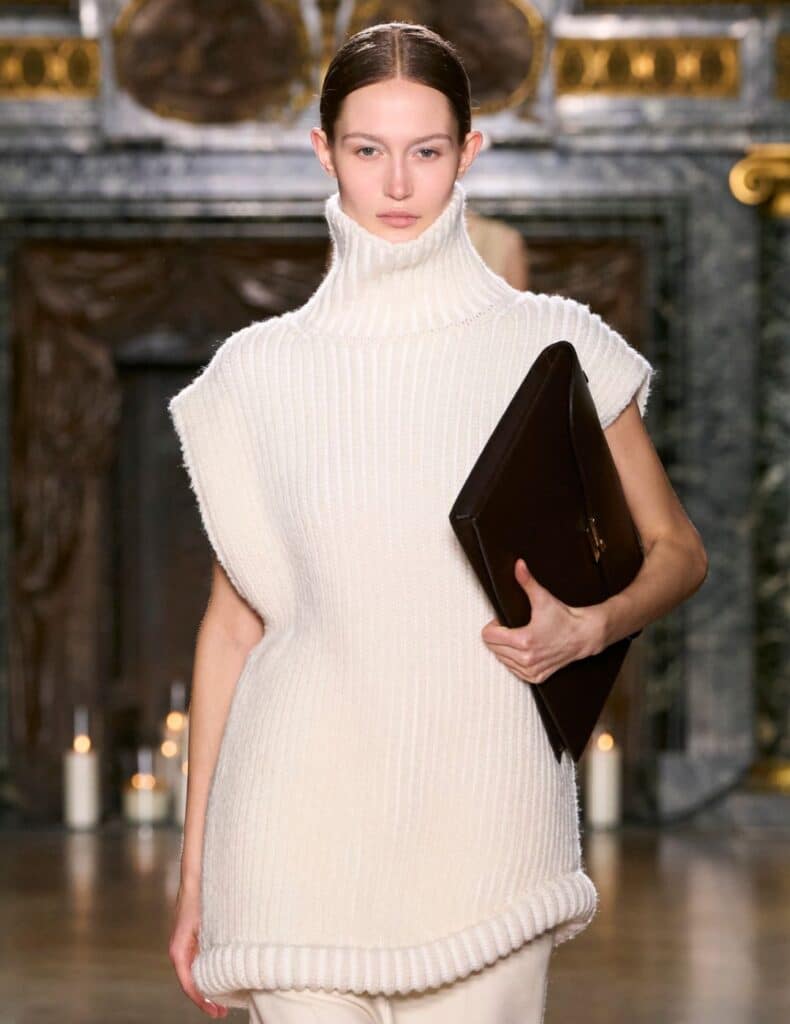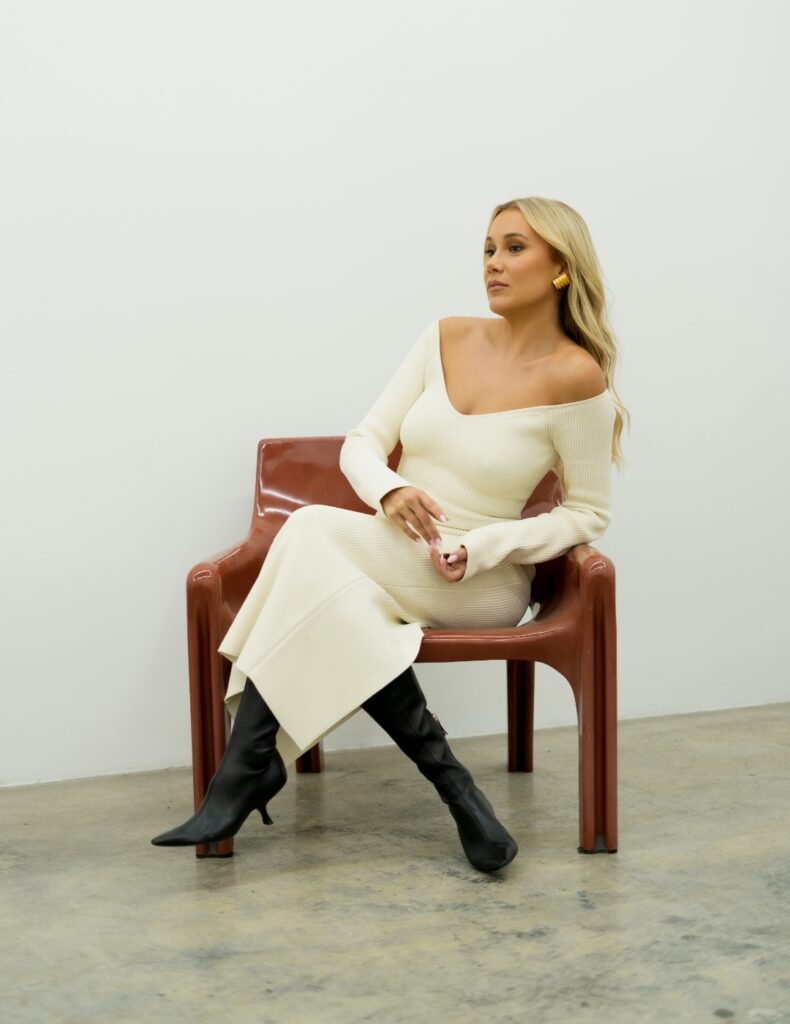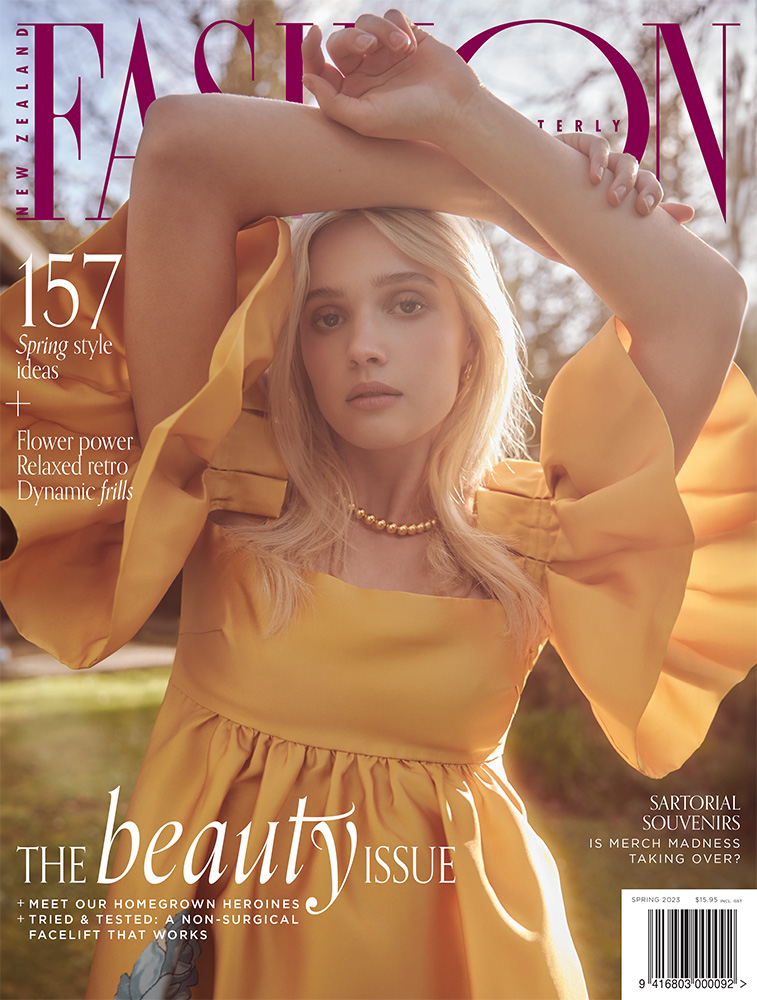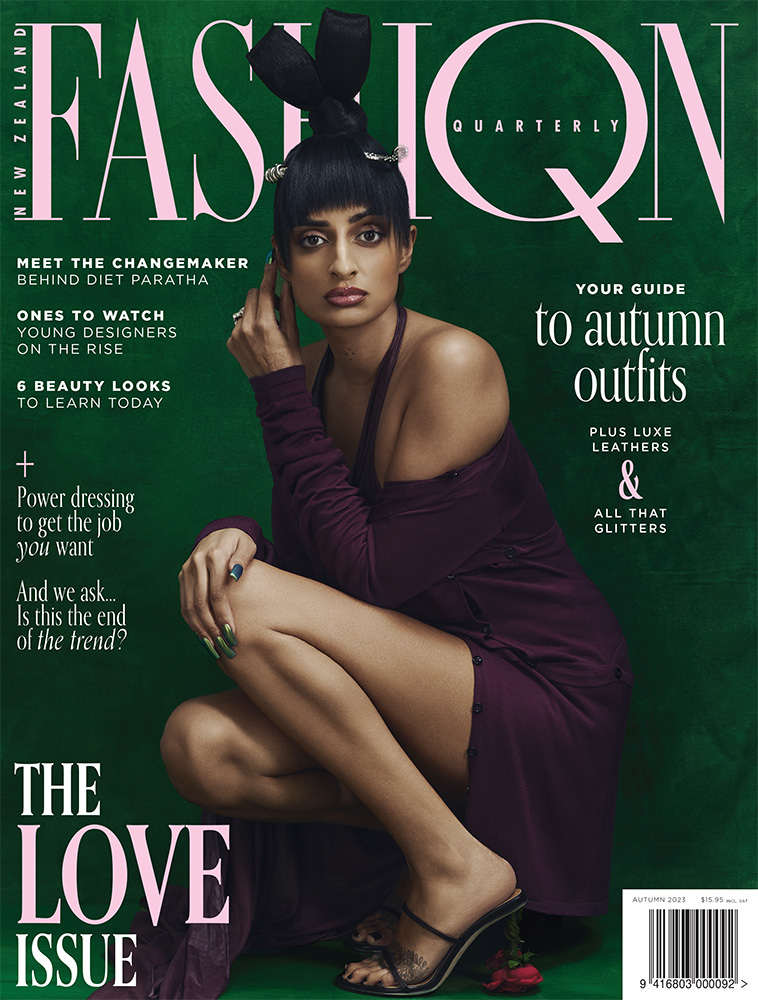How Miss FQ digital content producer Terri Dunn faced up to her shopping addiction, solved a ton of problems and still had plenty to wear.
At the time I didn’t think there was anything unusual about my shopping habits. Like every other twenty-something I was hooked on online shopping, took joy in wearing new items on the regular and hit the same walls every Saturday night when faced with the all-derailing “what on Earth am I going to wear?” scenario.
If I had an event coming up, I felt the need to hit the shops or dedicate hours to browsing online for something that met the alter-ego I wanted to embody for that particular occasion (and that fell within—and yet, always exceeded—my budget). It was standard procedure and twice weekly what-to-wear meltdowns were commonplace.
Sure, I had a swelling wardrobe of items to choose from and I’d managed to bypass being caught wearing the same thing twice on social media. But was I any happier for it? Did anyone actually take all that much notice? Was it worth the ordeal? Absolutely not. And when my opportunity of a lifetime came up to travel again, could I afford to do all the excursions I wanted to do? You bet I couldn’t.
Scroll for 8 steps to becoming a more conscious shopper:
1. What’s your why?
What: In order for us to follow through on something or implement change, we need to come to grips with why we want to make a change in the first place. And in order for us to be successful in making a change, we need to know that the payoff for our efforts, in the long run, is greater than the short-term reward of not doing it.
My experience: I identified a toxic pattern that saw me spend more than I earned on things that brought me fleeting happiness. A turning point was realising that if I wanted a real shot at achieving the milestones I envisioned for myself in the next five years I needed to start saving, stat. The second was learning about respecting our Earth’s finite resources and thus the future of the fashion industry.
How: While I knew I needed to make some adjustments, it wasn’t until I watched the two documentaries below that I was able to grasp why I was spending and consuming in the manner that I was—that we all are—and realised that my seemingly innocent purchases went beyond my own detriment and actually affected the rest of the world.
- The True Cost (2015) – This documentary follows the shocking story of how our clothes are made, purchased and disposed of around the globe.
- Minimalism: A Documentary About The Important Things (2015) – This documentary gives an insight into how we’re targeted by marketers to feel the way we do about our purchases and shows us how to find happiness with less.
2. Get up close and personal with your closet
What: The second major step to becoming a conscious shopper starts with a serious review of the clothing and accessories you already own. It’s effective for many reasons: it allows you to put your clothing into physical piles so you can actually see how much excess (and often money) we’ve wasted on clothing purchases. It allows you to rediscover old favourites, remind yourself about what you already own and quantify the extent of your buying behaviour.
My experience: Moving to the UK was another massive wake up call. I could only fit so many items into my luggage and that required me to choose versatile—and often thrashed—items of clothing over trendy options, limiting me to twenty or so key items. But to my surprise, I learned to love them all over again, felt confident assembling outfits because I knew what worked and what didn’t without exercising too much thought. It completely set my mind free. I never used to know what to wear and yet I had hundreds of items, and now, with less, that wasn’t an issue.
Read next: The smartest way to choose which clothes to get rid of from your wardobe
3. Make impulse spending a thing of the past
What: Impulse spending has become common practice for many of us. We buy new items for a number of reasons appealing to all kinds of emotions, voids, wants and ‘needs’ or even just as a thing to do to pass time. Melinda Tually, director of NDLESS: The New Normal and coordinator for Fashion Revolution Australia and New Zealand, encourages you to do one simple act before you spend your hard earned dosh on a new fashion item:
Think Before You Buy
Melinda’s tip: “Don’t go shopping unconsciously to fill a void, to fill time, to make yourself feel better, just to buy for the sake of it… Because you’re lonely or because you’re bored… Cut out that impulse shopping and just think before you buy. Ask yourself: ‘Do I really need it?’”
Read next: Before you buy that ‘nice top’ on sale, ask yourself these three questions
5. Future proof against your spending triggers
What: The age-old saying ‘fail to prepare, prepare to fail’ is always relevant when it comes to implementing change. The moment we’re faced with an element out of our control we can succumb to our old habits. That’s why having measures in place or phrases front of mind is so important to avoid falling off the wagon.
My experience: Before I grasped the concept of shopping consciously (and was only withholding my shopping habit as a shotgun attempt to save money), I hit an all-time low and spent a month’s salary on an online shopping haul in a bid to feel happier. And in an even more tragic turn, I never ended up wearing anything because they reminded me of how stupid my splurge was in the first place.
Now that I’ve turned my focus to shopping consciously and responsibly, I don’t find myself in those situations as frequently (and I’ve been able to save considerable amounts consistently). When I am triggered to spend, I simply ask myself a few questions, realise it’s more often than not a fleeting want, keep my money and carry on.
How to future-proof against your spending triggers:
- Think about your impulsive or excessive purchases in the past and identify why you made them.
- Unsubscribe from mailing lists for stores you frequently purchase at.
- Unfollow bloggers or people that make you feel insecure.
- Familiarise yourself with the latest Ethical Fashion Report before considering where to spend your money.
- Have a list of ethical brands producing quality clothing on hand to begin all shopping quests (for items you actually need).
- Take notes or photos of outfits you’ve worn that make you feel confident, empowered, or whatever mood it may be, to refer to for days where you don’t know what to wear.
- Do a budget, visualise your goals, review your upcoming expenses or check your bank account when considering a purchase, this should be enough to deter any unnecessary spending.
Read next: 5 questions to ask yourself before buying a designer item
6. Shop consciously
“Shoppers need to be looking more into slow fashion. This is the idea of spending significantly more money on one timeless, quality garment that you would wear over a number of years, rather than buying several pieces that follow the latest fast-fashion trend,” explains AUT senior lecturer Lisa McEwan.
Lisa’s tips to shop more consciously:
- Buy fewer but buy better. Buy the best you can afford and only get a few key items each year.
- Look at the inside of the garment. Checking the seams and hem is a pretty good indicator as to the quality of an item. If it looks rough it probably isn’t going to last more than a few washes.
- Talk to the people in the store about their philosophy of their clothes. If they truly are a company that cares about their materials and the conditions in which their clothes are produced, it will be clear.
Read next: Does shopping consciously really make a difference?
7. Look at your life through a new lens
What: If all else fails, looking at your life in one year, five year or ten year milestones can help shape your behaviour today. These reflections or mind maps can help quantify what is important in our lives, what brings us happiness and can make us realise what really counts. A little perspective goes a long way.
My experience: With the likes of Instagram sending us a persistent stream of the ‘dream’ life, it’s easy to fill up our time with short-term fixes and dedicate our time and energy into appearing to ‘have it all’ at this current point in time. When I thought about my future and how I wanted the financial freedom to travel with my career and come back in five years to invest in property or upgrade my car, I ran the numbers, and they weren’t pretty. In fact, I was operating at a loss. Having an uber-chic outfit for work on Monday wasn’t going to help me build this life I desire.
Being a millennial is a GOOD thing: Instead of being insecure about wearing the same thing twice or being anti-social by attending fewer social outings, look at what it means to be a millennial in a new light. Rather than using our problems as an excuse to consume, remind yourself that millennials are also the #woke generation. Out of anyone, it’s us that can get away with wearing the same things over and over, buying from thrift stores, supporting local designers and respecting our Earth’s resources. We’re the ones that actually care, and we’re the ones responsible for turning it all around.
8. Be patient and trust the process
What: Patience is so important to becoming a conscious and responsible shopper. Without it, we fall back into our old patterns only to wind up more miserable.
My experience: I find myself telling people fairly often how I used to live for online shopping and experience this high when it would arrive. But then expenses would come up I hadn’t accounted for and I would be so stressed as to how I would pay for them. Now I buy one or two things a year and I can’t even express how great it feels to have everything covered financially.
I’m by no means rich, I live very modestly, but the stress I don’t experience because I can accommodate any unforeseen life expenses far exceeds the happiness I would get from a new coat from a Onceit sale. Slow fashion is called slow for a reason. I get just as many compliments if not more on clothing I have from 6 years ago than I did from when I’d debut a new item – not to mention how miffed I used to get when they’d go and buy the exact same thing.
Read next: A very real guide to saving money in 2018


